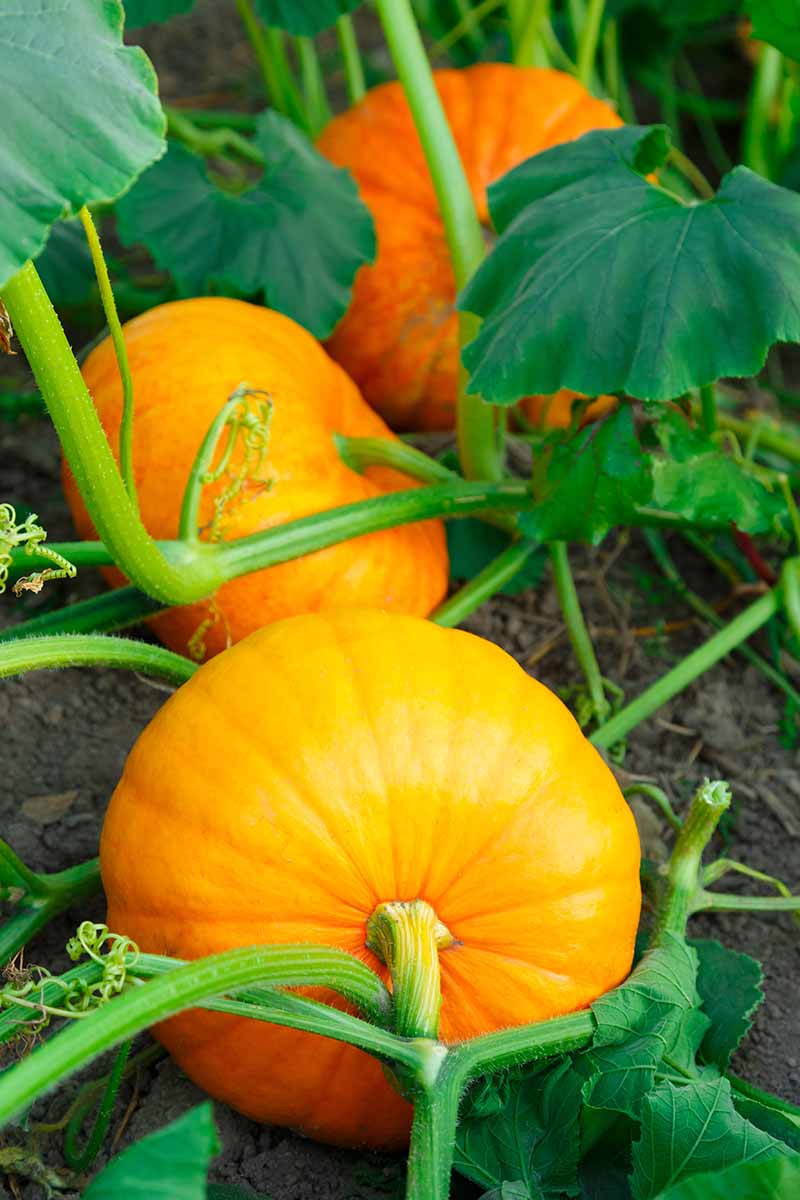Pumpkins are more than just fall decorations—they’re a rewarding and surprisingly easy crop to grow at home. Whether you want to carve homegrown jack-o’-lanterns, bake sweet pumpkin pies, or simply enjoy the look of sprawling green vines in your garden, learning the right techniques can completely Transform your garden with How to plant pumpkins!This comprehensive guide covers everything you need to know about choosing pumpkin varieties, preparing the soil, planting correctly, and caring for your pumpkins from seed to harvest. Let’s dig in!🌿 Introduction: Why Grow Pumpkins at Home?Pumpkins add beauty, charm, and productivity to any garden. With their big leaves, vibrant blossoms, and fast-growing vines, they fill empty spaces and bring a lively, seasonal touch to your yard. For gardeners in the United States, United Kingdom, and Canada, pumpkins adapt well to temperate climates, making them one of the most beginner-friendly crops.Whether you’re planting them for Halloween, cooking, or decoration, following the right steps will help you Transform your garden with How to plant pumpkins! while keeping the process enjoyable and successful.🎃 How to Plant Pumpkins: A Step-by-Step Guide## 🌞 1. Choose the Right Pumpkin VarietySelecting the right type is the first step if you want to Transform your garden with How to plant pumpkins! successfully. Consider your goals:For carvingJack-o’-lantern pumpkinsHowden pumpkinsFor cookingSugar pumpkinsPie pumpkinsCinderella pumpkinsFor small spacesBaby BooJack Be LittleMiniature varietiesFor giant pumpkinsAtlantic GiantDifferent varieties vary in size, growth speed, taste, and vine length, so choose based on your available space and purpose.## 🌱 2. Pick the Best Planting LocationPumpkins love warm soil and plenty of sunlight. To Transform your garden with How to plant pumpkins!, pick a site that offers:Full sun (at least 6–8 hours daily)Well-draining soilLots of space for vines to spreadShelter from cold windsPumpkin vines can stretch 10–25 feet, so ensure they have space to sprawl without crowding other plants.## 🌾 3. Prepare the Soil ProperlyHealthy soil is essential for strong pumpkin growth. Pumpkins are heavy feeders, so enrich the soil before planting:Add compost or well-rotted manureMix in organic fertilizer rich in nitrogen and potassiumEnsure soil pH stays between 6.0 and 6.8Forming small mounds or hills helps warm the soil faster and improves drainage—perfect for northern climates in the U.S., U.K., and Canada.## 🎃 4. Planting Pumpkin Seeds or SeedlingsYou can plant pumpkins either from seeds or seedlings.Planting SeedsSow seeds outdoors after the last frostPlant seeds 1 inch deepPlace 2–3 seeds per moundSpace mounds 3–5 feet apart for small varieties, and 6–8 feet for large onesPlanting SeedlingsIf you’re in a cooler region (like northern U.K. or Canada), start seeds indoors 2–3 weeks before planting outside.Carefully transplant seedlings to avoid disturbing the roots.## 💧 5. Watering the Right WayConsistent moisture is vital for pumpkins. To truly Transform your garden with How to plant pumpkins!, water:Deeply and regularly, especially during hot weatherAt the base of the plant, not on the leavesEarly in the morningAim for 1–2 inches of water per week, adjusting for rain and soil type.Mulching around the plants will help retain moisture, prevent weeds, and regulate soil temperature.## 🌼 6. Pollination: Helping Your Pumpkins GrowPumpkin plants produce both male and female flowers. Bees usually handle pollination, but in cool or rainy climates, you may need to assist:To Hand-Pollinate:Pick a male flower and remove its petals.Brush the pollen onto the female flower’s center.Repeat on several flowers for a larger harvest.This step can make the difference between a failing crop and a thriving one.## 🌿 7. Supporting Healthy Vine GrowthPumpkin vines need support and direction.Train vines outward from the center plant.Don’t move vines once they set fruit—they become fragile.Remove damaged leaves to improve airflow.Fertilize again mid-season with a bloom-boosting fertilizer.By tending the vines well, you’ll Transform your garden with How to plant pumpkins! and create a lush, vibrant landscape.## 🎃 8. Preventing Pests and DiseasesLike many garden crops, pumpkins can face pests such as:Squash bugsAphidsVine borersPowdery mildewProtect your pumpkins by:Using row covers early in the seasonWatering at soil levelRemoving wilted leavesSpraying neem oil or insecticidal soap when neededHealthy vines are far more productive and resilient.## 🍁 9. Harvesting Your PumpkinsPumpkins generally mature 90–120 days after planting. Harvest when:The skin is deep orange (or final color for your variety)The stem has hardenedThe rind is firm and resists pressureCut with a few inches of stem attached—this helps prevent rot.Then cure pumpkins in a warm, dry place for 1–2 weeks to improve flavor and storage life.🌿 Practical Tips for SuccessStart early in regions with short summersRotate crops every year to reduce soil-borne diseasesAdd compost mid-season for an extra nutrient boostUse floating row covers until flowers appearAvoid wetting leaves to prevent fungal issuesIf growing giant pumpkins, leave one fruit per vineGrow pumpkins near corn or beans for a three-sisters garden styleThese tips will help you Transform your garden with How to plant pumpkins! and enjoy strong, healthy plants all season long.🌟 ConclusionGrowing pumpkins is fun, rewarding, and perfect for gardeners at any experience level. With vibrant vines, cheerful blossoms, and delicious fruit, pumpkins bring charm and versatility to garden beds across the U.S., U.K., and Canada.By choosing the right varieties, preparing nutrient-rich soil, watering consistently, and caring for vines throughout the season, you can easily Transform your garden with How to plant pumpkins! and enjoy an impressive harvest each fall.Whether you want decorative pumpkins, cooking varieties, or giant showstoppers, this guide gives you the tools to grow them with confidence. Happy planting—and enjoy your bountiful pumpkin patch!

